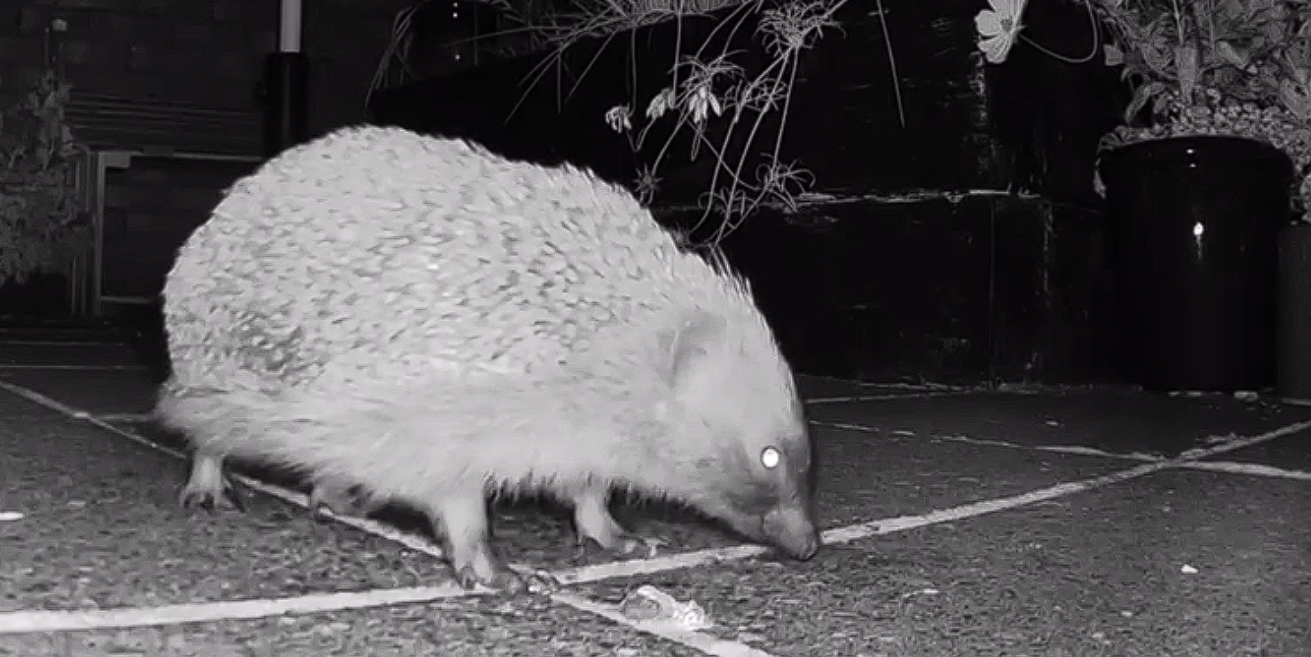Hedgehogs have a varied diet and will eat just about whatever they can get hold of. They are omnivores, this means that they eat plants and other creatures including insects and even fallen eggs and chicks if they get the chance.
During the summer months this is all well and good, but once the winter sets in these food sources become scarce. On top of this, during the cold winter months more energy is required to keep these warm-blooded mammals alive, so our spiky friends need to take action.
Winter Slumber
To avoid the hard, paltry months of winter, many hedgehogs will hibernate. As with other creatures, this hibernation is not just a deep sleep, the hedgehogs bodily functions will actually slow down to preserve as much energy as possible.
If a hedgehog has enough fat reserves, then they will be able to hibernate through the winter and emerge again in the spring when food sources are once again available. To be able to do this the hedgehog needs to have fattened up during the bountiful months of late summer and autumn.
This hedgehog was captured on a wildlife camera in mid-January.
Playing it by Ear
Having said all of this, the hibernation pattern of hedgehogs is by no means standard. Some hedgehogs, that are particularly well-fed, may choose to delay hibernation while the weather remains mild. If there are no prolonged periods of cold during the winter, some hedgehogs may not hibernate at all. Others may hibernate only when the weather is very cold, waking in milder periods to seek food.
To sum up, a hedgehogs hibernation pattern depends on their physical condition and the temperature of their environment.
Winter Relocations
It is also common for hedgehogs to change their place of hibernation during a single winter, often several times.
This is why, if you have the room, providing several hedgehog houses in your garden is no bad thing. It is also why you should still thoroughly check any pre-prepared fires before burning them, even in the winter. If you build a fire in January and leave it, a hedgehog may have moved in before you come to light it.
Always check a fire before lighting it, better to be safe than sorry.
This hedgehog has ceased his/her relentless mid-winter search for food for a good scratch.
Helping Hand
Whilst hedgehogs can be seen throughout the winter it is well worth keeping an eye on any that you may be lucky enough to see. If a hedgehog appears sluggish or is active during the middle of the day then they may well have an issue. If you see a hedgehog that doesn’t look right, whatever the time of year, contact your local wildlife sanctuary for advice.


